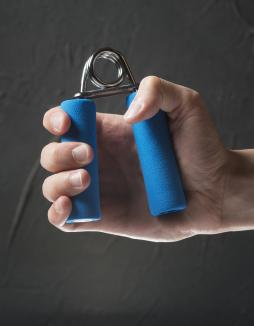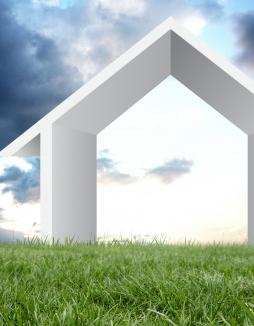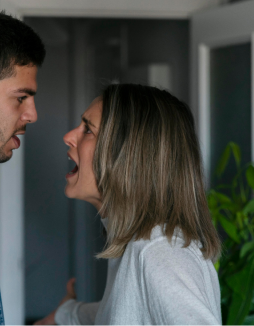Old Home Upgrade: The Top 5 Risks and What to Do about Them
Living in a brand new home we’ve designed and built ourselves, in accordance with our own needs and desires, is the most beautiful thing in the world, but how often does this scenario really happen? Most of us live in older homes that haven’t always been well-maintained and taken care of, which is why it’s our job to upgrade them. However, this process can be rather risky and challenging, especially for a layperson, so here are five of the riskiest things about upgrading your home and how you can handle these situations in the best way possible.
Plumbing and Electrical Work
This is an issue we don’t pay enough attention to before we purchase an old home, but it can really turn out to be the most dangerous thing we’ll come across. Outdated plumbing and electrical work is particularly hard in an old house that has never been renovated because the technology used in those is probably rather ancient and unsafe. What this means is that you won’t be able to replace all the faulty work on your own, but hire an expert instead.
Unless you do that, you might make the situation even worse, and risk having your house flooded or burst into flames. Experts, however, know everything there is to know about outdated plumbing and electrical work, and can change all the outlets, rewire every inch of your home, and install new pipes before you know it.
Floors
Speaking of serious issues that look rather simple to deal with, here’s an issue you should definitely try to stay away from as much as possible. Most old homes have faulty floors, and new homeowners want to upgrade them and thus upgrade the visual appearance of the entire place as well. But, you can never know what’s underneath those floors until you remove them, and the things that are waiting for you down there can really surprise you.
The biggest issue with old floors are termites – these are hard to notice at first, but they might have been inside your floors for years! Getting rid of them is never easy, and termites can cause serious structural damage to your foundations, your walls, and even your furniture. That’s why tackling the floors on your own can be quite a challenge, so be ready to get some help before it’s too late.
Ventilation and Mould
Unfortunately, most homeowners don’t pay enough attention to ventilation in a home they’ve just purchased, which means they’ll probably have problems with stale air and mould in the future. This happens to people all over the world, regardless of how big and expensive their home is, so looking into your ventilation and fixing it is a crucial step towards making your new home actually liveable.
Minimising the effects of mould comes in a number of steps, and you can do most of them on your own, but installing new ventilation should still be done by professionals. It has to cover your entire home – including those amazing fire ducts that will keep your kitchen healthy and clean – and be as powerful as possible. Don’t be afraid to invest more in these, because you need proper ventilation to save your health, and that’s something you can’t put a price on.
Lead and Asbestos
If your home is full of lead and asbestos, you can be sure of two things: it was built quite a long time ago, and you’ll have to make a real effort to undo the damage of these unsafe materials. Even though both lead and asbestos were quite popular back in the day and used in anything from flooring to roofing, this isn’t the case anymore.
That’s why you need to inspect your home as soon as possible and remove these dangerous materials right away. You can probably do that on your own, but make sure you have a professional check your work after you’re done, just to be extra safe.
Inefficient Windows
In the end, you should also deal with your windows and try to find a way to make them as efficient as possible. Inefficient windows could prevent you from regulating your indoor temperature all year long, making it hard for you to feel cozy in your own home, so deal with them straight away.
Updating or replacing your windows could do the trick, so find a way to do that. Check for leaks, use weather-strips, add solar control film, or simply install new windows. Those double-glazed models should be able to help you the most, so look into them and find an offer you can afford.
Upgrading an old home is hard, so you need to be extra careful with what you’re doing and what sort of renovations you’re planning. Talk to professionals, listen to their opinion, and don’t make any hasty decisions.












